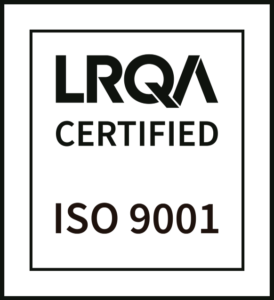ECDIS
The ECDIS console is equipped with the EGLOBE G2 ECDIS system already certified by DNV according to the following standards: Annex A.1, item No. A.1/4.30 and Annex B, Module B in the Directive. IMO Resolutions A.694 (17), MSC.191 (79) & MSC.232 (82).
The ECDIS is fully integrated in the bridge replica and its functionalities can be controlled through a dedicated user interfaces (also designed for touch screens).
- Ship motion data (COG, SOG, HDG, LOG)
- Chart Management
- Chart data display
- Mode and orientation management
- Radar Integration
- Possibility to load multiple types of charts (e.g. S57. S63, etc.)
- Alerts and warnings management
- Antigrounding
- Look ahead settings
- Watch handover checklist
- Customizable data display
- User objects definition
- Report generation
- User Profiles
GMDSS
The Ship Bridge Simulator is equipped with a full communication system to train operators to use correctly different types of instrumentations.
Communications can be directed toward other vessels, coast stations as well as toward the Instructor that can simulate a number of different communication scenarios.
Communications are simulated according to the International Convention for the safety of Life at Sea (SOLAS).
Functionalities include:
- transmit aid alert ship-coast
- receive aid alert coast-ship
- transmit and receive alert of ship-to-ship aid
- transmit and receive communications for the coordination of the operations search and rescue
- transmit and receive signals for location aims
- transmit and receive information on marine security (MSI)
- transmit and receive general communications destined to networks or radioelectric earth systems
- transmit and receive general bridge-bridge communications
The GMDSS simulator is equipped with different system such as:
- Radiotelephone VHF
- Radiotelephone SSB MF/HF
- INMARSAT Standard C
- NAVTEX (NBDP receiver)
- EPIRB
- SART
- Watch Receiver – 2187.5 kHz and CH 70
- DSC Controller/Receiver VHF – CH70
- DSC Controller/Receiver MF/HF – 2-4-6-8-12-16 MHz
- GPS readout (Lat./Long.)
- Speed-log readout (NM)
- Gyrocompassreadout (Deg.)















